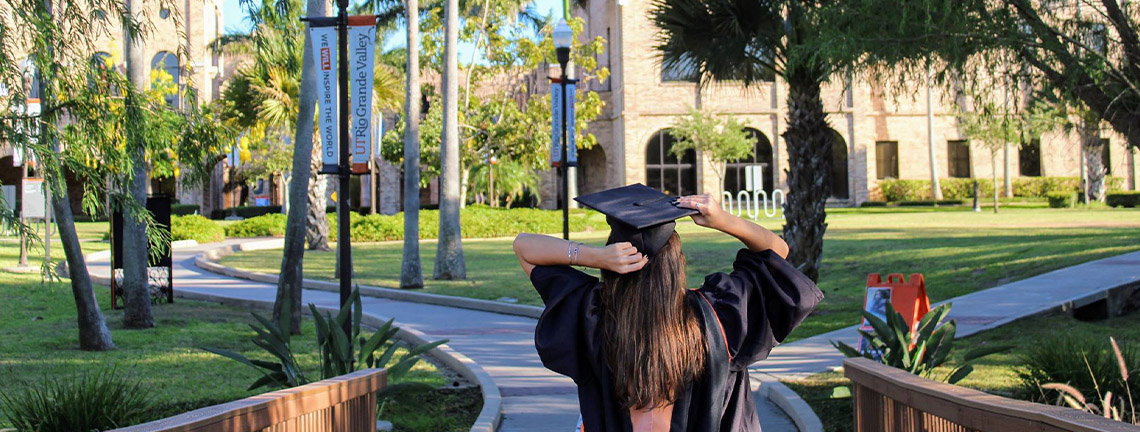
Theses and Dissertations
Date of Award
12-2015
Document Type
Thesis
Degree Name
Master of Science (MS)
Department
Biology
First Advisor
Dr. Megan Keniry
Second Advisor
Dr. Robert Edwards
Third Advisor
Dr. Angela Chapman
Abstract
Parkinson’s disease (PD) is the most common irreversible neurodegenerative movement disorder affecting approximately ten million people worldwide. In the central nervous system (CNS), PD is known by the selective loss of Dopamine (DA) cells of the substantia nigra pars compacta. Although the disease has been very widely studied, the underlying mechanisms are not yet understood. Several hypotheses have arisen as result of injury of the mitochondria, some experiments include microglia activation, microtubule damage, and reactive oxidative species, which all result in the death of DA cells. The theory of microglia activation upon inflammation was explored in this study. Using the snail Lymnaea stagnalis, Lipopolysaccharide (LPS) was administered to induce inflammation in the brain, and the neurotoxin rotenone was used to artificially induce inflammation on the brain of the snail by allowing it to be absorbed for several days and Isolectin B4 was used to stain the microglia cells. LPS and rotenone treated snails resulted in morphological changes of the microglia cells in the snail. Based on current results, rotenone in Lymnaea stagnalis could be used as model to determine if microglia phagocytizes dopamine cells during Parkinson’s disease.
Recommended Citation
Galvan, X. (2015). Activation of microglia in the rotenone Lymnaea stagnalis model of Parkinson's disease [Master's thesis, The University of Texas Rio Grande Valley]. ScholarWorks @ UTRGV. https://scholarworks.utrgv.edu/etd/36


Comments
Copyright 2015 Xiomara Galvan. All Rights Reserved.
https://www.proquest.com/dissertations-theses/activation-microglia-rotenone-i-lymnaea-stagnalis/docview/1771508808/se-2?accountid=7119